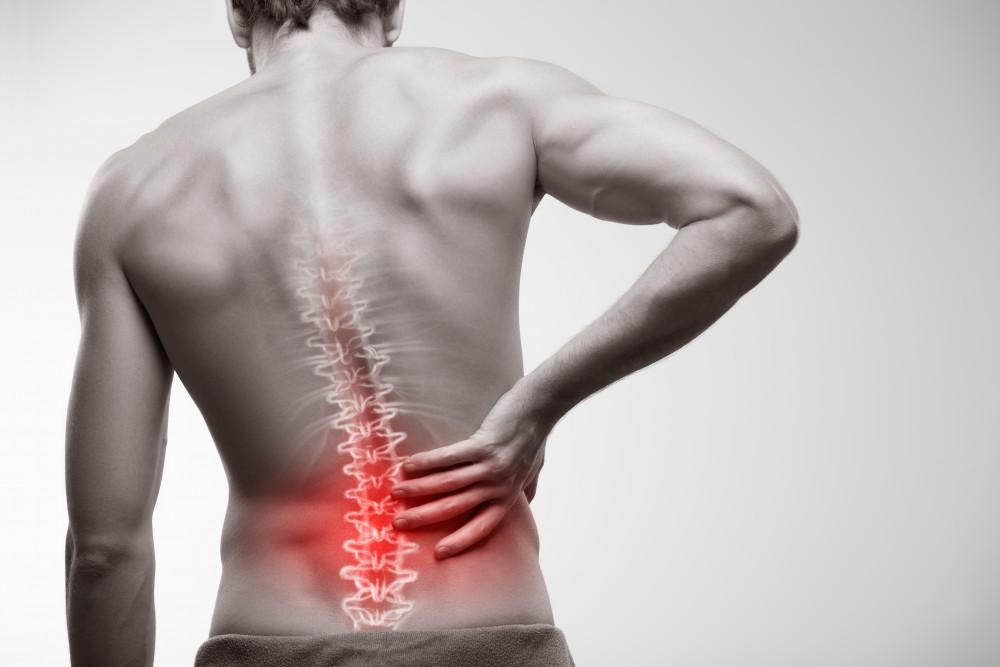

The pain in your lower back can be mistaken for sciatica. How far can sciatica pain travel? To help you identify the condition, here are a...
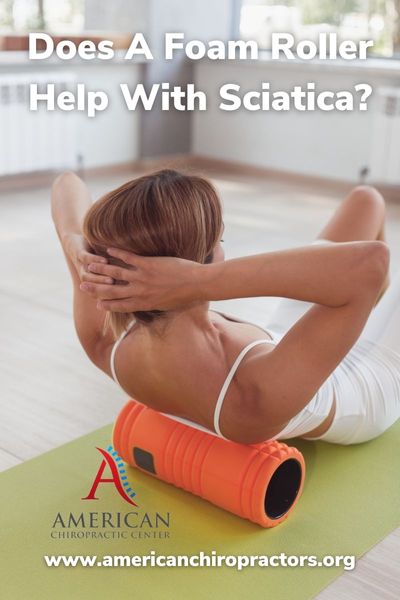

If you suffer from sciatica, you know that the pain can be unbearable. The good news is that there are things you can do to help...

Changing your mattress may not always be the best option for sciatica. The right mattress may help reduce pain and improve spinal alignment. A medium-firm mattress...

When treating sciatica, many people are interested in trying any possible solution. Compression socks are effective at improving blood circulation, which may help reduce the symptoms...

Many people believe that constipation and sciatic nerve pain are unrelated, but new research suggests that there may be a link between the two. In some...
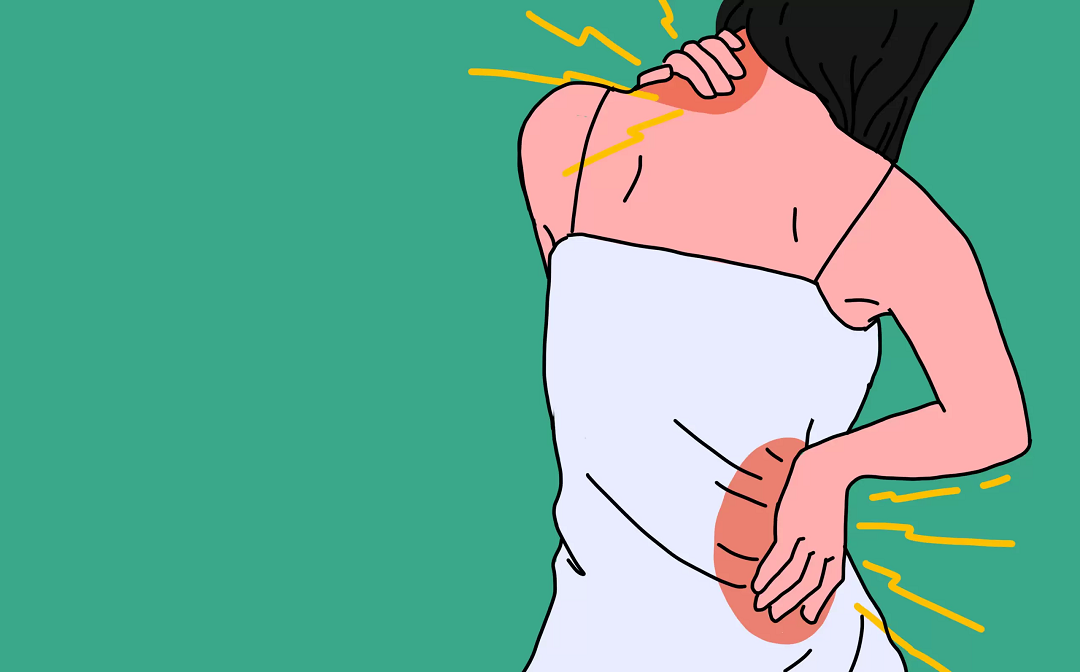

Traditional muscle relaxants and anti-inflammatory medications are often used to treat sciatica pain. In severe cases, opioids may be prescribed. However, these medications can lead to...
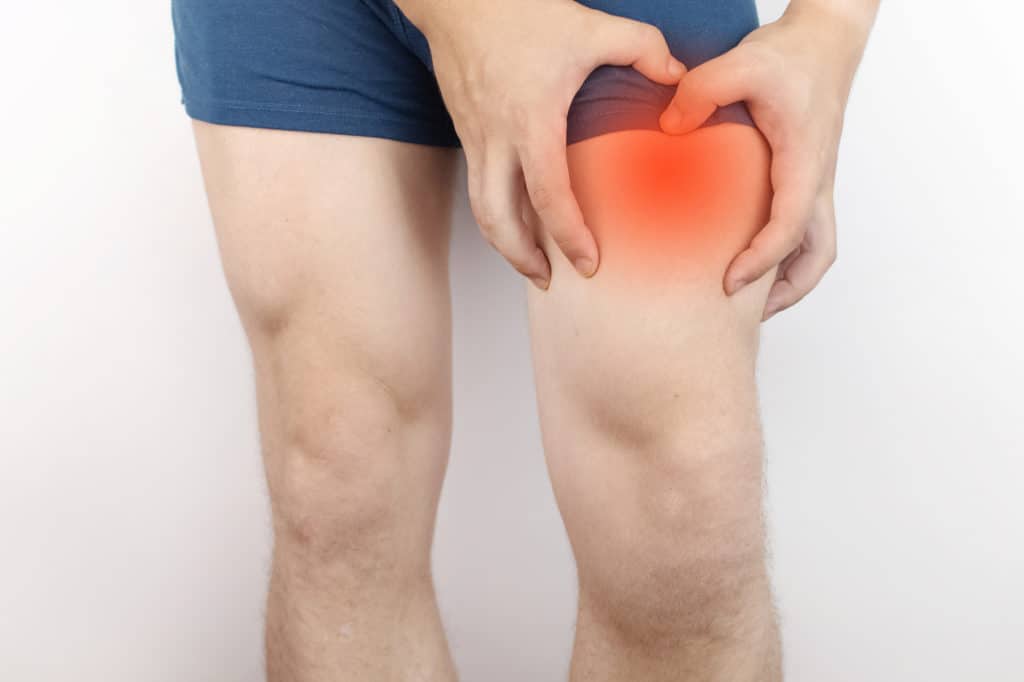

Many different types of pain can be experienced in the legs. Sciatica is one type of leg pain that specifically affects the sciatic nerve. This nerve...
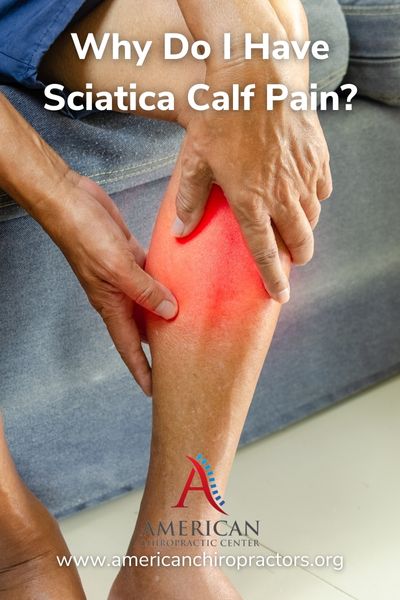

The sciatic nerve is the longest and widest single nerve in your body. It runs from your lower back all the way through your leg to...
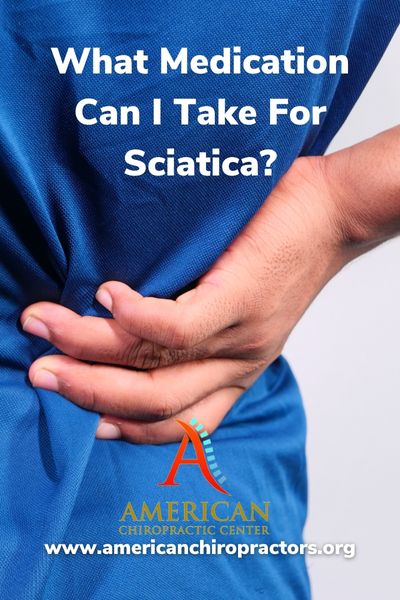

If you experience sciatica pain that radiates from your lower back down your legs and into your feet, you’re not alone. Sciatic nerve pain is common...
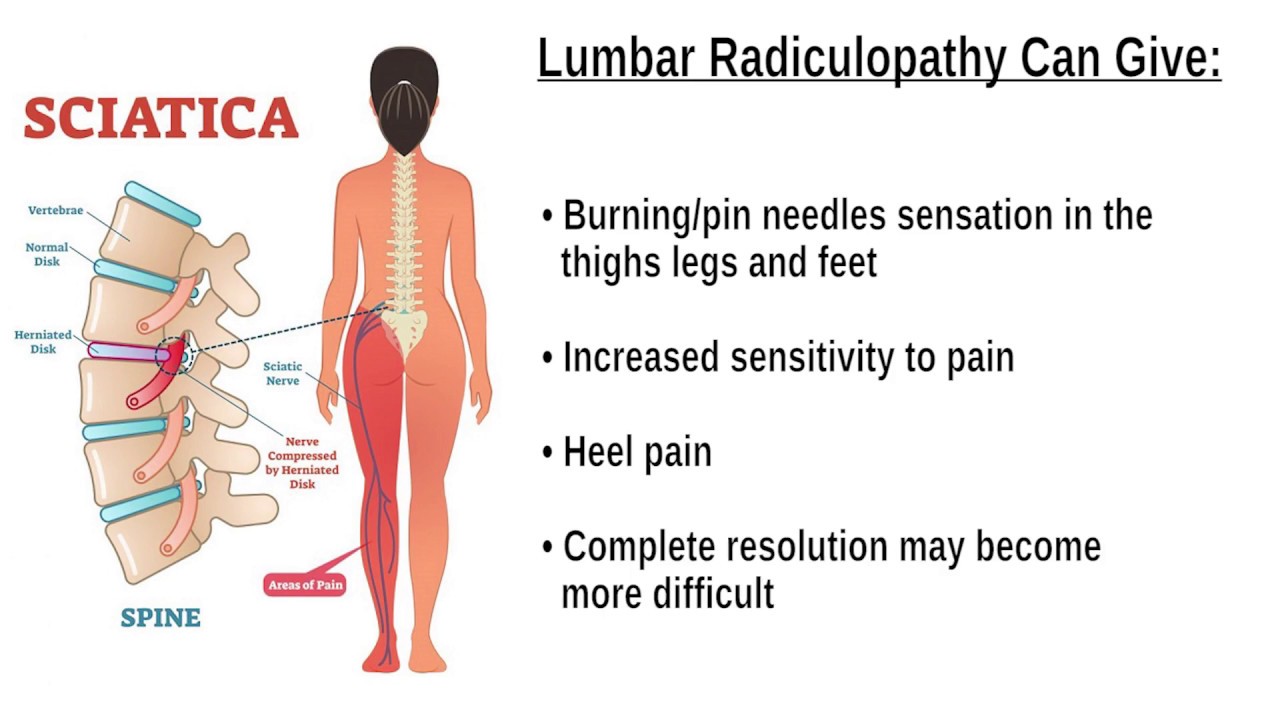
There are two common treatment paths for plantar fasciitis: physical therapy and medication. Unfortunately, both treatments can miss the true cause of heel pain. This means...